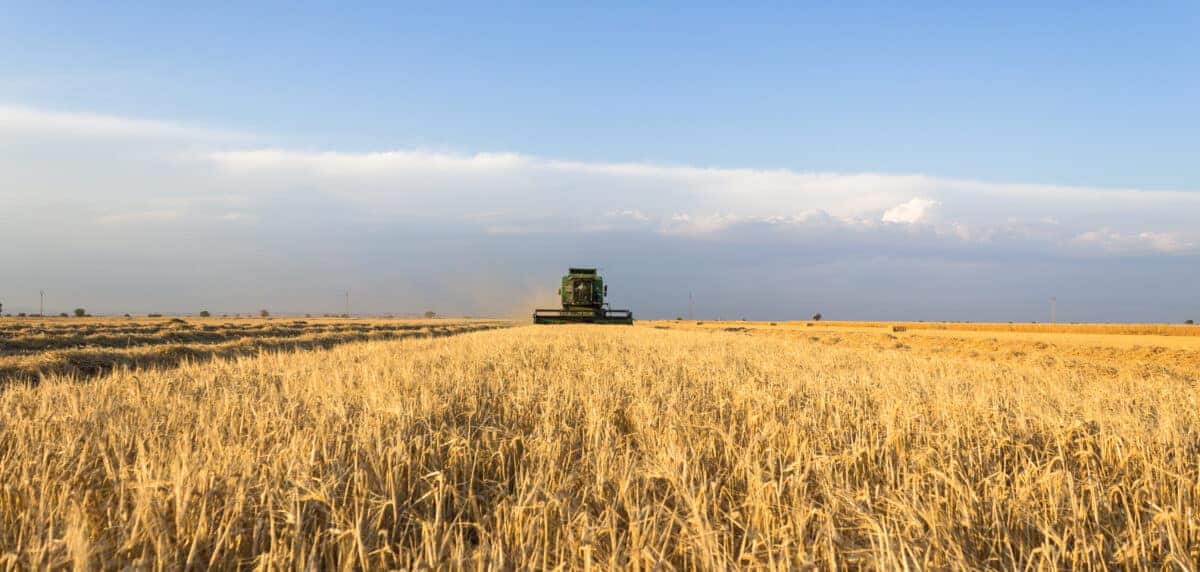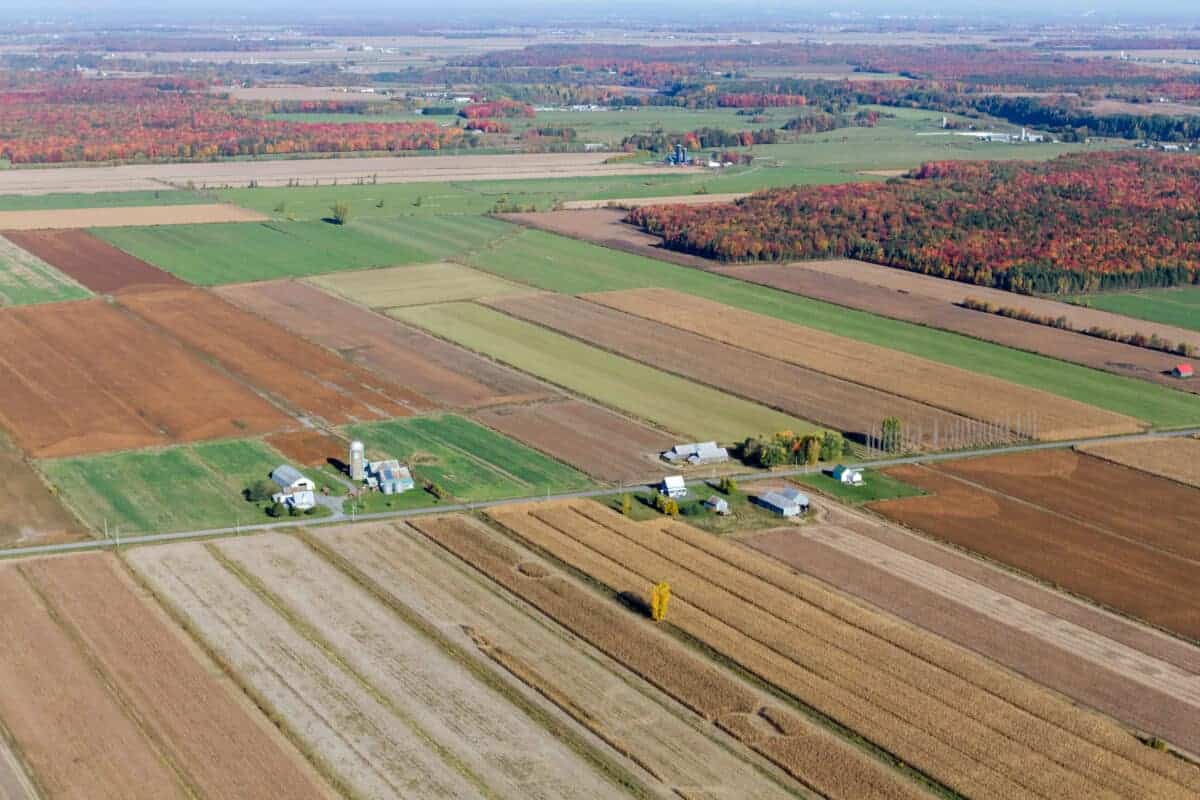
A multi-billion dollar industry, American farming is the cornerstone of the nation. Without it, millions would perish – they’re why we eat eggs in the morning, salad for lunch and steak for dinner.
A paradox facing farmer’s is that while it’s essential to society, it’s being suppressed by increasing costs, such as fuel, and decreasing asking prices, currently being highlighted in France, where thousands of farmers are blocking all roads in and out of Paris, the countries capital city.
America has an abundance of farmland, crops stretch as far as the eye can see, meaning an intricate web of life exists beneath the surface. While modern agriculture has increasingly relied on synthetic fertilizers and pesticides, there’s a growing recognition of the indispensable role that insects and animals play in enhancing crop growth and sustainability. In this article, we delve into the symbiotic relationship between farming and these often overlooked allies, exploring why their presence is crucial for the future of agriculture in America.
Pollination Partnerships
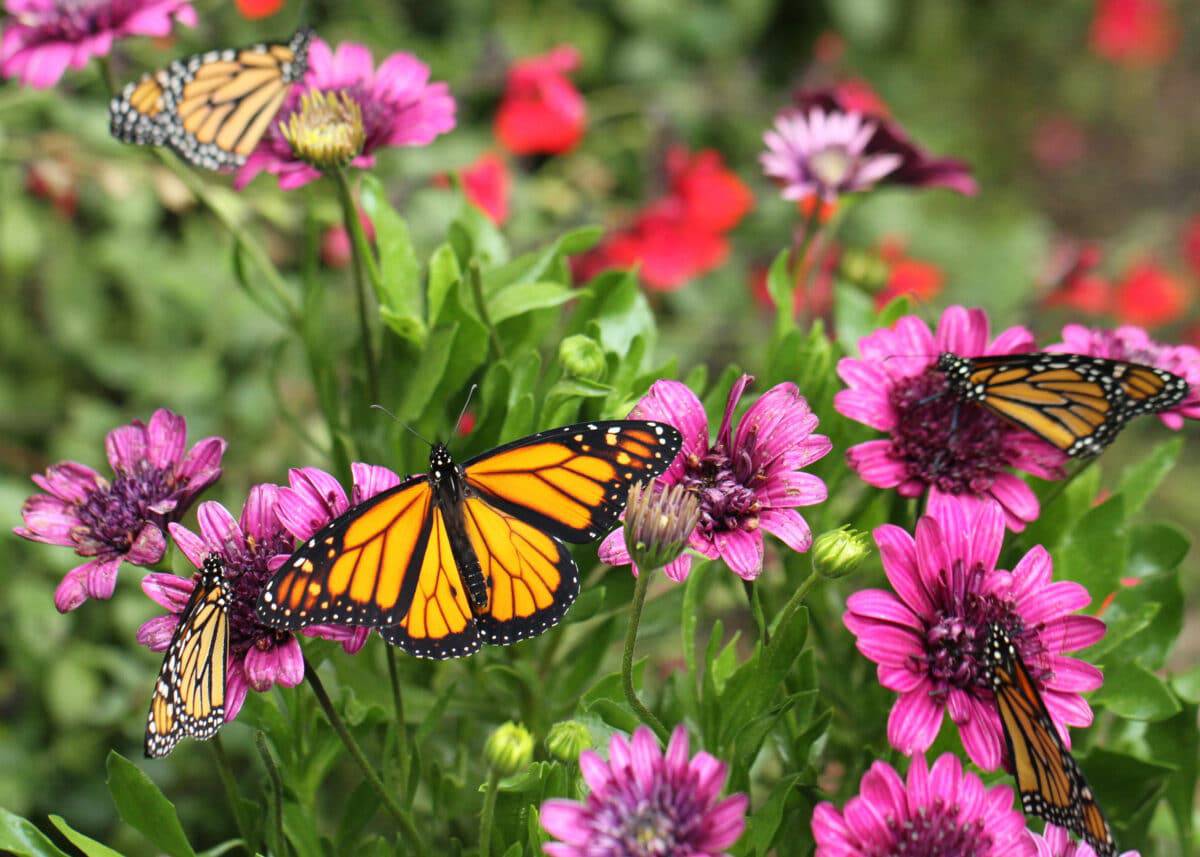
Bees, butterflies, and other pollinators are nature’s unsung heroes, facilitating the reproduction of countless plant species, including many of our staple crops. In the United States, pollinators contribute to the production of over $15 billion worth of crops annually. However, their populations have been declining due to habitat loss, pesticide exposure, and climate change. By creating pollinator-friendly habitats on and around farms, farmers can attract these vital insects, ensuring robust pollination and bountiful harvests.
Soil Health and Nutrient Cycling
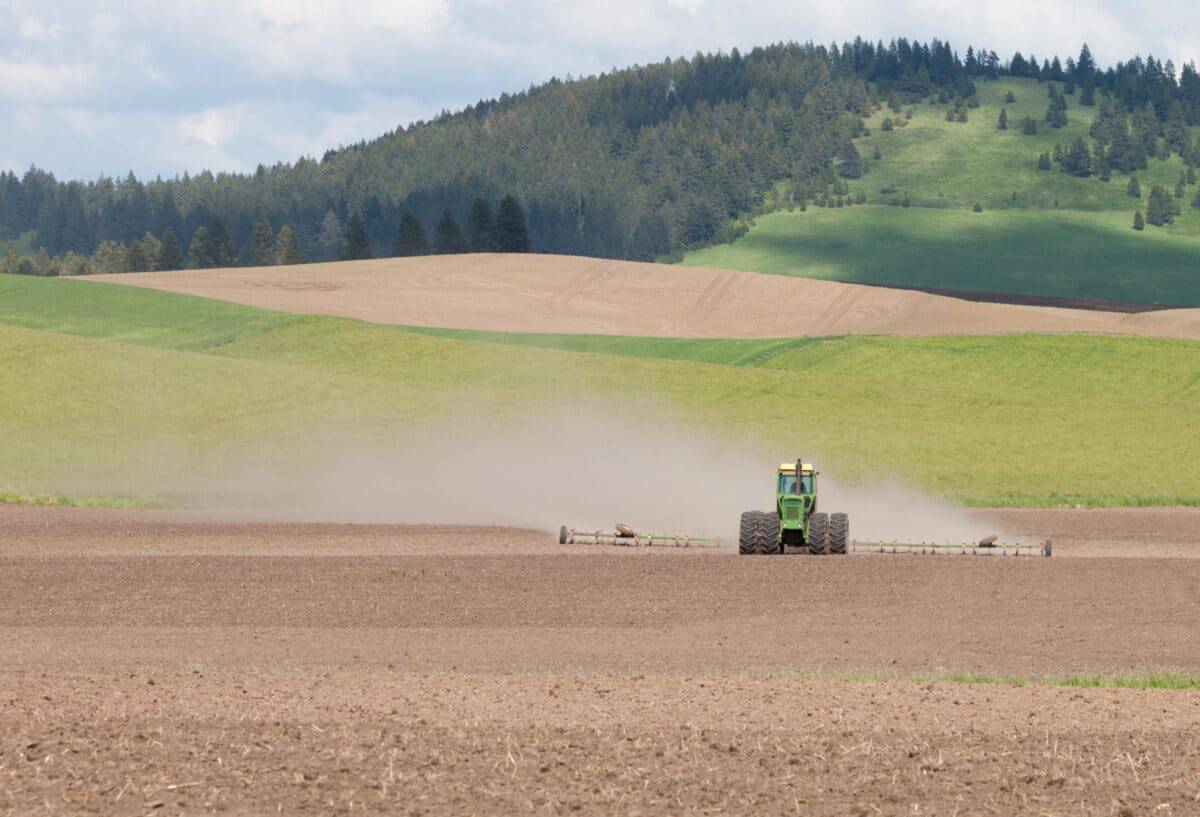
Beneath the surface lies another crucial aspect of American farming: the soil. Healthy soil teems with life, including earthworms, bacteria, and fungi, all of which play essential roles in nutrient cycling and soil fertility. For example, earthworms aerate the soil, improving its structure and allowing roots to penetrate more deeply. Additionally, certain insects, such as dung beetles, help break down organic matter, returning nutrients to the soil and enhancing its overall health. By fostering diverse soil ecosystems, farmers can reduce the need for synthetic fertilizers and promote long-term sustainability.
Natural Pest Control
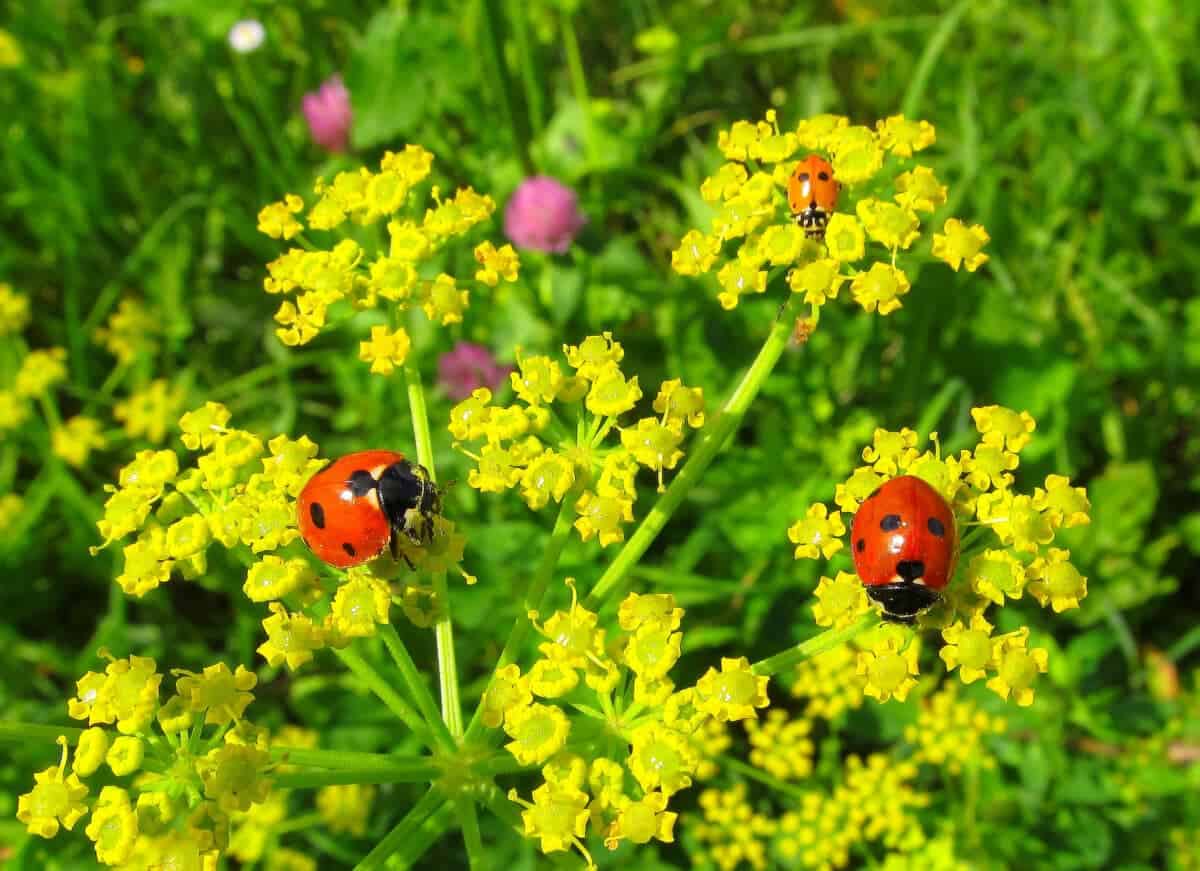
While pests pose a constant threat to American farming, nature has provided its own solutions in the form of predatory insects and animals. Ladybugs, lacewings, and parasitic wasps are just a few examples of beneficial insects that prey on crop-damaging pests like aphids and caterpillars. Similarly, birds, bats, and even certain mammals play a role in keeping pest populations in check. By promoting biodiversity on farms and minimizing pesticide use, farmers can harness the power of these natural predators, reducing crop losses and mitigating the environmental impacts of chemical interventions.
Cultivating Resilient Ecosystems
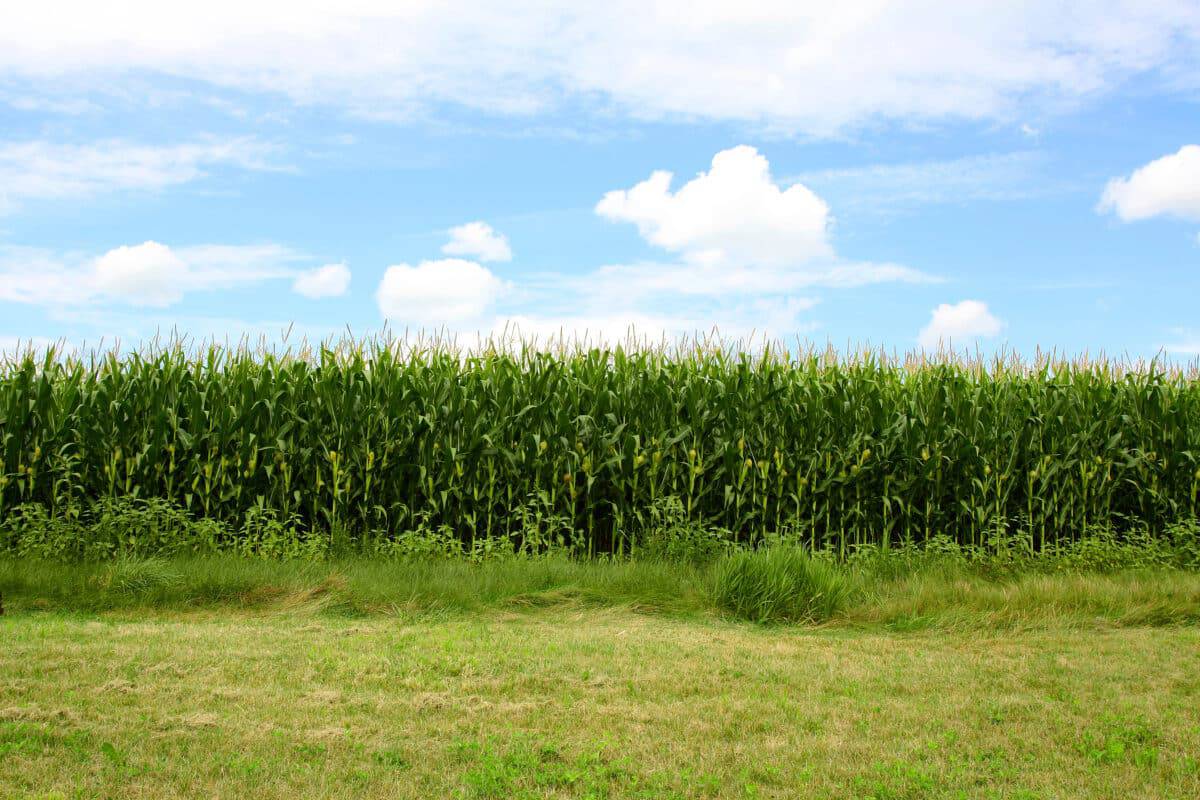
In an era of climate uncertainty, the resilience of agricultural ecosystems has never been more critical. By embracing ecological principles and working in harmony with nature, farmers can build resilience into their operations, mitigating the impacts of droughts, floods, and other extreme weather events. Diverse ecosystems are more adaptable to change, better able to withstand pests and diseases, and more resilient in the face of environmental stressors. By integrating insects and animals into farming practices, we not only enhance crop growth but also cultivate resilient agricultural landscapes for generations to come.
Insects and animals are not simply pests or nuisances to be eradicated; they are indispensable partners in the intricate dance of agriculture. By fostering symbiotic relationships with these creatures, farmers can enhance crop growth, promote soil health, and build resilient ecosystems that can withstand the challenges of a changing climate. As we look to the future of farming in America, let us recognize and embrace the vital role of insects and animals in shaping sustainable and thriving agricultural systems.
If you enjoyed this piece, you may like this:
Brave Barnyard Heroes: Farm Animals Save Chicken from a Hawk
Farmer’s Jaw-Dropping Encounter With An Alligator
- Heart-warming Moment: Watch Pup Golden Retriever Bond with Four Playful Kittens - April 23, 2024
- Are Sumatran Tigers Extinct? Science Thinks No - April 22, 2024
- A Decade-Long Wait: Alabama Zoo Welcomes a Baby Giraffe - April 22, 2024

